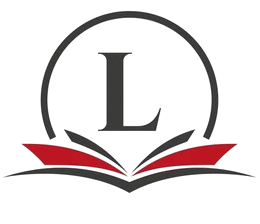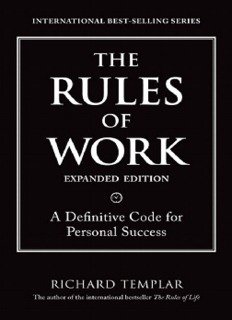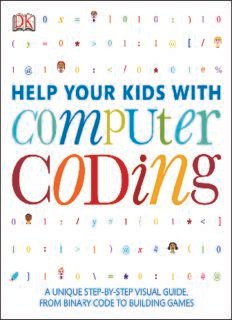Description
«A Handbook of Human Resource Management Practice» by Michael Armstrong is a comprehensive guide to understanding and implementing effective human resource management (HRM) strategies in organizations. With its wealth of practical insights and theoretical foundations, this authoritative text serves as an invaluable resource for HR professionals, managers, students, and anyone interested in the field of HRM.
Армстронгнинг қўлланмаси ҲРМ учун зарур бўлган кенг кўламли мавзуларни ўз ичига олади, жумладан, ишга ёллаш ва танлаш, иш фаолиятини бошқариш, ўқитиш ва ривожлантириш, ходимлар билан муносабатлар, товон ва имтиёзлар ва стратегик ҲРМ. Ҳар бир боб синчковлик билан ўрганилган ва асосий тушунчалар ва илғор тажрибаларни кўрсатиш учун амалий йўл-йўриқлар, реал мисоллар ва амалий тадқиқотларни тақдим этади.
Ушбу қўлланмани ажратиб турадиган нарса шундаки, у HRМ амалиётини ташкилот мақсадлари ва вазифаларига мослаштиришга қаратилган. Армстронг ташкилот муваффақияти ва рақобатбардошлигини оширишда HRМ нинг стратегик ролини таъкидлаб, бизнес ўсиши ва барқарорлигига ҳисса қўшадиган HR стратегияларини ишлаб чиқиш учун амалий асослар ва воситаларни таклиф қилади.
Бундан ташқари, Армстронг истеъдодларни бошқариш, хилма-хиллик ва инклюзивлик, ходимларни жалб қилиш ва технологиянинг HR амалиётига таъсири каби HRМ соҳасидаги сўнгги тенденциялар ва ишланмаларни ўз ичига олади. Ривожланаётган муаммолар ва саноат ютуқларидан хабардор бўлиб, ушбу қўлланма бугунги динамик бизнес муҳитида долзарб ва долзарб бўлиб қолмоқда.
Whether you’re a seasoned HR professional looking to enhance your skills or a student seeking a comprehensive understanding of HRM principles, «A Handbook of Human Resource Management Practice» provides indispensable guidance and knowledge to navigate the complexities of managing human capital effectively. With its clear, accessible writing style and practical approach, it’s a must-have resource for anyone involved in the field of HRM.








Reviews
There are no reviews yet.